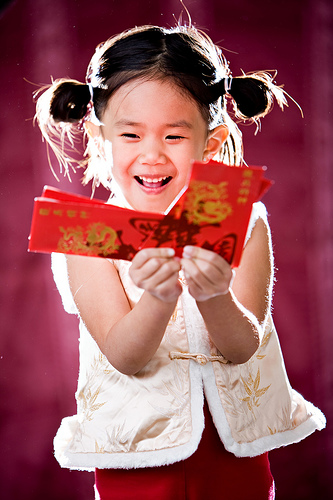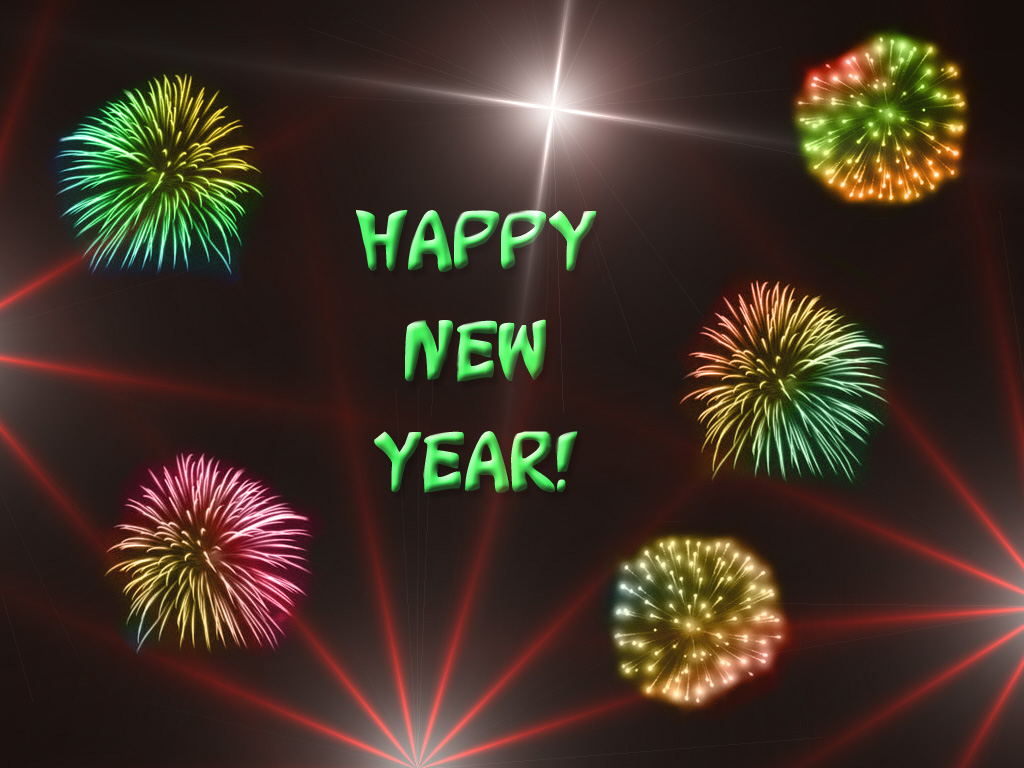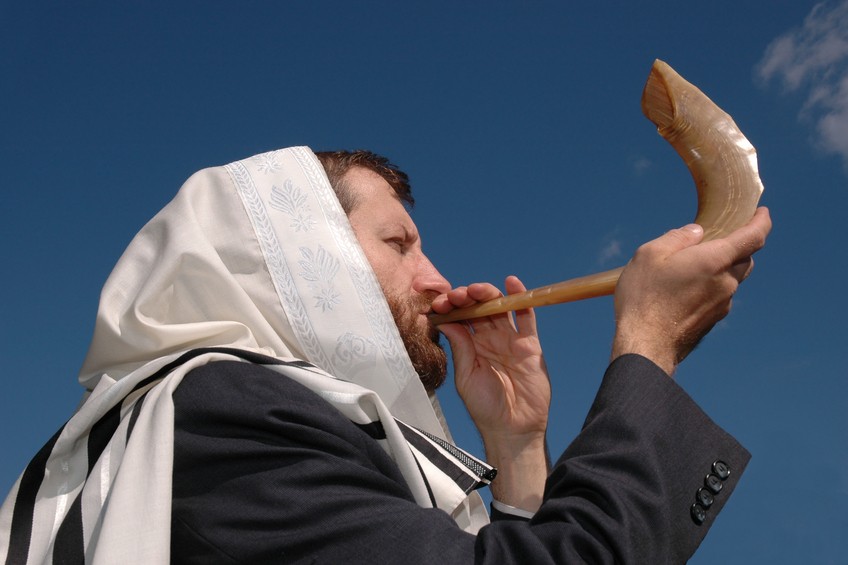



~
Activities for Teens
Activities for Adults
New Years Rituals Around the World
We’re in this together!  I look forward to adding your time-tested activities to this page!
Here’s one example:
When my friend Diane Levitt was a Hebrew school kindergarten teacher, she had her kids draw or write (or pretend to write) a mistake they had made that year.¬† She talked to them about forgiving yourself and about trying not to repeat the mistake again.¬† She put a big bathtub in the middle of the classroom and they crumbled up their ‚Äúmistakes‚ÄĚ, marched around and around the tub, and threw their papers into it.¬† Diane said that they liked doing it so much, they wrote more and did it again.
You might also go to YouTube and type in “I’m sorry” or “I’m so sorry”–there are lots of short videos that might be a good starting place for a discussion on apologizing and on forgiveness.
I also like this blog post with three tashlich activities for preschoolers.
Watch this 2 minute video and then discuss forgiveness.  Could you forgive someone who murdered your family?
If you send in more, I‚Äôll put them here! Some of the activities in the adult section are appropriate for teens‚ÄĒread carefully and choose with care.
Write a forgiveness or an apology letter.  Check out AmendsProject.com
A guided meditation for Tashlich
A complete Tashlich ceremony
Watch this 2 minute video and then discuss forgiveness.  Could you forgive someone who murdered your family?
Watch the movie Crazy Heart and discuss the amends Bad Blake made.  What were his expectations?
Happy New Year!  Shana Tova!
New Years Rituals Around the World
From THE WRITER’S ALMANAC
for DECEMBER 31, 2008:
Today is New Year’s Eve, the last day of the year.
In Mexico, people eat one grape with each of the 12 clock chimes at midnight, and make a wish for the coming year.
In Venezuela, they wear yellow underwear for a year of good luck.
In Japan, people eat soba because long thin noodles symbolize longevity, and at midnight, temple bells ring 108 times, matching the 108 attachments in the mind that need to be purified before the New Year.
At midnight in Greece, families cut a cake called a vasilopita, which has a coin baked inside; whoever gets the coin will have a lucky year.
In this country, the most famous celebration is in New York City’s Times Square, where up to one million people gather each New Year’s Eve to watch a ball drop.
=============================================================
from:
http://icecreamdiaries.blogspot.com/2008/12/2008-some-parting-thoughts.html :
Speaking of New Years rituals, did you know?:
A Spanish New Year’s Eve custom is to eat 12 grapes at midnight, one piece of fruit to bring good luck for each of the months ahead.
Eating noodles on NYE is a must for those of the Buddhist faith in Japan.
In Great Britain: a household’s luck during the new year is said to be determined by the type of person who first steps foot across the threshold after the stroke of midnight on New Year’s Eve…
A dark-haired man is thought to be the ideal visitor for bestowing good luck. Unlike St. Nicholas, the early morning caller is particularly welcome if he leaves behind a lump of coal–or better yet, a coin–both considered tokens of prosperity.
To keep evil away, many in Japan observe the New Year by stretching straw rope across the fronts of their homes.
It Peru, it’s custom to stand in a doorway and throw 12 coins over the left shoulder for each strike of the clock at midnight. This is believed to bring the person financial prosperity.
Renewal is celebrated by many cultures at many times of the year
Jan. 1 is the No. 1 holiday on our calendar, which was originally introduced by Julius Caesar and modified by Pope Gregory XIII 1,500 years later. Among other things, Julius stuck two extra months in the old Roman calendar – one subsequently named for him and the other for his heir, Augustus – to make it more in accord with the solar year.
Before Julius’ intervention, the Roman year started in March, when spring crops were planted. The Julian calendar made Jan. 1 the new beginning.
During the Middle Ages, Europeans began calculating dates from the presumed time of the birth of Christ. This is the most common system in the world today.
But it’s not the only one.
Jan. 26 is the start of the Chinese lunar year, also celebrated by Koreans, Vietnamese and other cultures. Chinese New Year usually falls on the second new moon after the winter solstice. Every year it is associated with one of the 12 signs in the Chinese zodiac, each representing a different animal. 2009 is the Year of the Ox, which symbolizes prosperity through fortitude and hard work.
According to the Chinese calendar, this year will be 4707, figured from the time of Emperor Huang-Di, who reigned around 2400 B.C.
On March 20, the spring equinox, Iranians celebrate Noruz, an ancient Persian holiday with origins dating back at least 3000 years. It’s a celebration of life and renewal, and many Iranians like to go out to a park to spend the day in nature. At home, they set the table with seven symbolic objects, including sprouts, seeds, eggs – and a live goldfish.
Rosh Hashanah, the Jewish New Year. It’s the first day of the month of Tishrei, and the start of the year in the Jewish calendar, said to be figured from the time of Creation.
Rosh Hashanah begins the Ten Days of Awe, during which people ask forgiveness for their sins so they can be written in the Book of Life for the coming year. At a ceremony called Tashlich, sins are symbolically cast off by throwing pieces of bread in the ocean.
“If you have a lot of sins, you can bring a whole loaf!” said Lucy Muller, who works at Temple Beth El on Gilman Drive.
The rabbi grabbed Moishe by the hand, pulled him aside and whispered: “You need to join the Army of God!”
Moishe replied: “I’m already in the Army of God, Rabbi.”
The rabbi questioned: “How come I¬† don’t see you except for Rosh Hashanah and Yom Kippur?”
Moishe whispered back: “I’m in the secret service.”